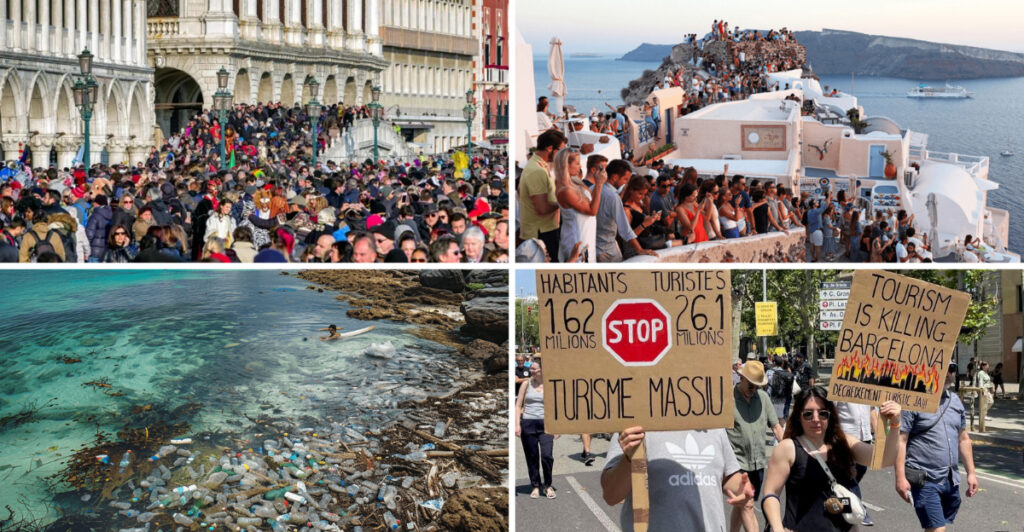Last year, I embarked on a journey to 18 different countries, exploring diverse cultures and landscapes. However, in some places, I noticed an ambivalence or even an aversion towards tourists from the local communities. This blog post delves into ten of those countries, examining the nuances and reasons behind such sentiments. From environmental concerns to cultural disruptions, each destination unfolds a unique story that highlights the challenges and perceptions faced by locals when encountering the ever-growing influx of global tourism.
1. Venice, Italy
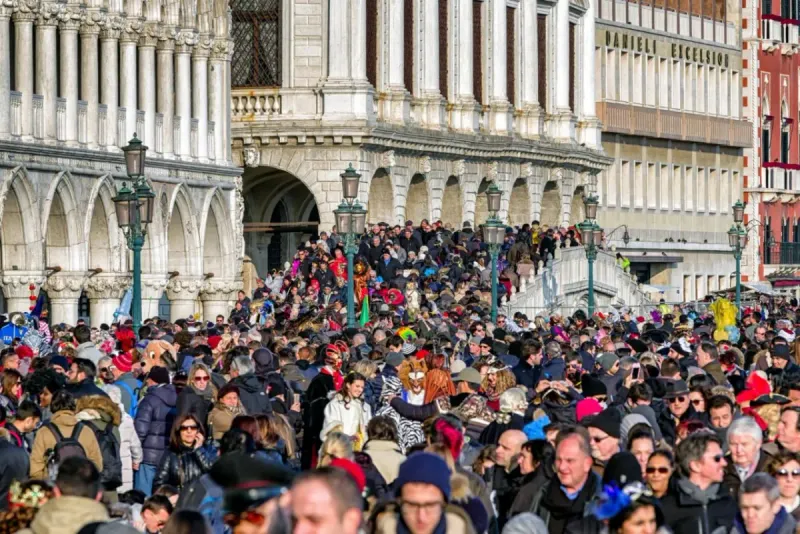
Venice is a city of enchanting canals and historic architecture, but its charm has been overshadowed by overwhelming tourist crowds. The bustling streets and narrow waterways are often packed, making daily life challenging for locals. Tourism has driven up prices and caused a housing crisis, pushing residents to the outskirts.
Additionally, the environmental impact on the delicate lagoon ecosystem has stirred resentment. Many Venetians feel their city is losing its identity to commercial tourism. “Venice is sinking,” they say, both literally and metaphorically, under the weight of tourists.
2. Barcelona, Spain
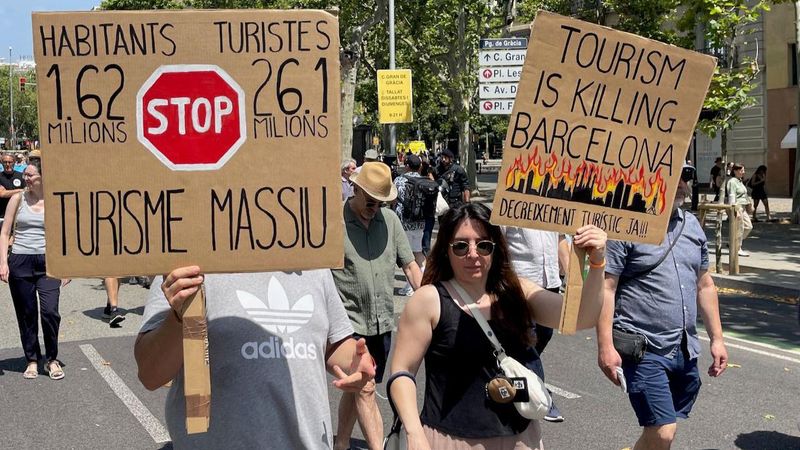
Barcelona is known for its vibrant culture and stunning architecture. However, the city struggles with the sheer number of visitors, especially during peak tourist season. Residents complain about the noise and disruption in their neighborhoods.
The local government has imposed restrictions to manage tourism, but the tension remains. Many locals feel their city’s essence is being eroded. “We are losing our neighborhoods,” a local laments, as traditional markets become tourist attractions rather than community hubs.
Despite these challenges, Barcelona continues to captivate travelers worldwide.
3. Kyoto, Japan
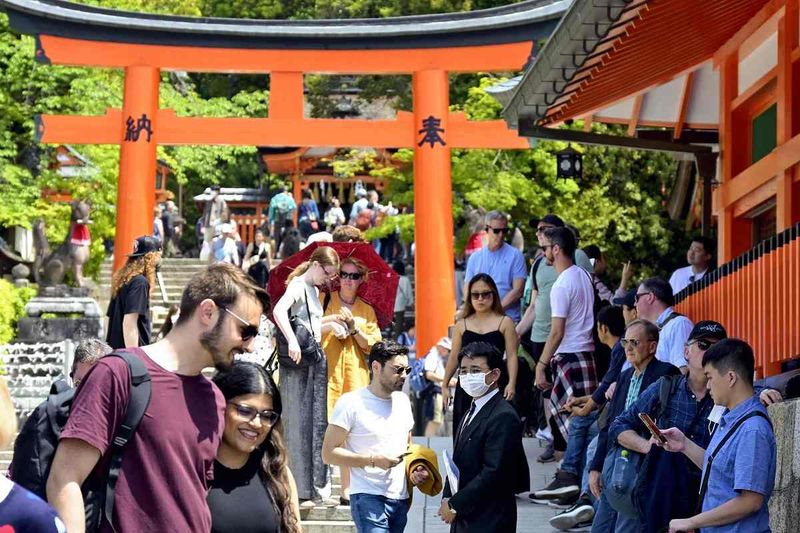
Kyoto, with its serene temples and historic streets, draws millions of visitors each year. Yet, locals often find the influx overwhelming, particularly during cherry blossom season. Tourists crowd sacred sites, sometimes disregarding cultural norms.
This behavior disrupts the tranquility that defines Kyoto. “Please be respectful,” signs plead, as locals strive to preserve their heritage. The city has initiated campaigns to educate tourists on proper etiquette, hoping to harmonize visitor experiences with local life.
Despite the challenges, Kyoto remains a top destination for those seeking cultural enrichment.
4. Amsterdam, Netherlands
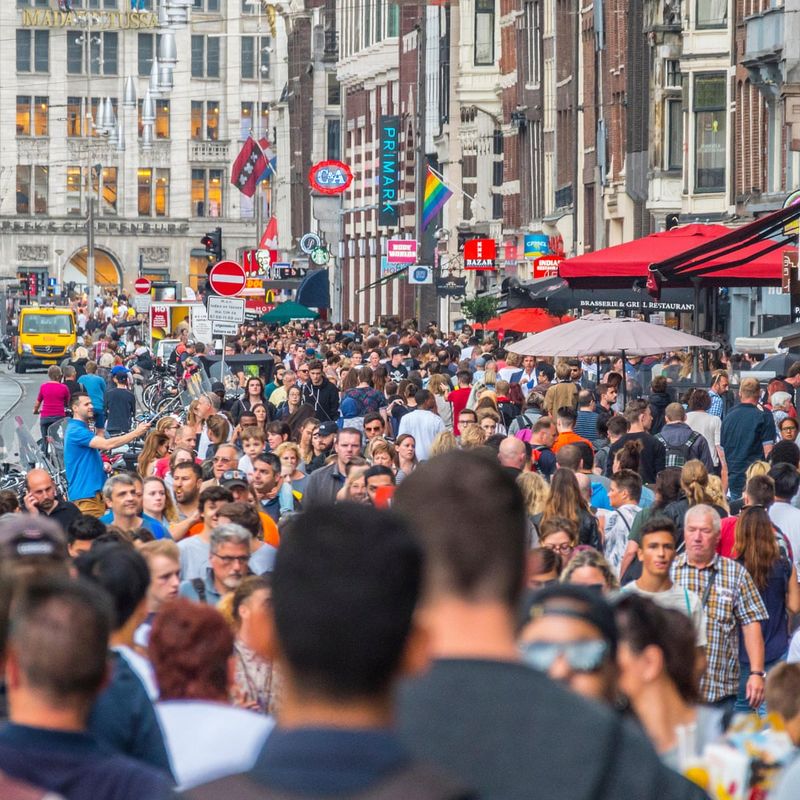
Amsterdam, renowned for its picturesque canals and vibrant nightlife, faces a complex relationship with tourism. The city’s charm draws millions, yet its infrastructure struggles to accommodate the numbers. “We want balance,” locals say, as they witness their neighborhoods transforming.
The influx has led to increased housing costs and changed community dynamics. Efforts to promote responsible tourism are underway, aiming to alleviate pressure on the city’s resources. Amsterdam’s beauty endures, but the demand for mindful travel is ever-growing among its residents.
5. Reykjavik, Iceland
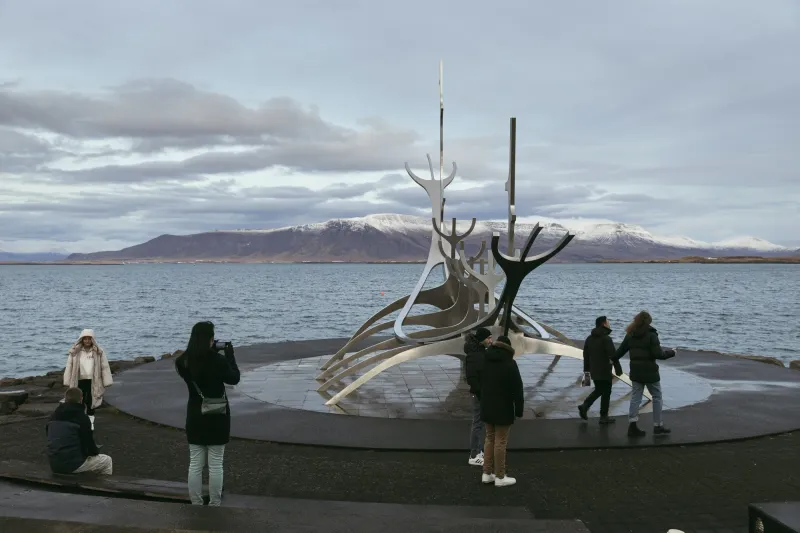
Reykjavik, Iceland’s vibrant capital, offers breathtaking landscapes and unique cultural experiences. However, the rapid rise in tourism has raised concerns among locals. The city’s small population feels the strain of accommodating a large influx of visitors.
Environmental degradation and increased living costs are pressing issues. “Our nature is fragile,” Icelanders warn, emphasizing the importance of sustainable tourism. Despite these concerns, the natural beauty and welcoming spirit of Reykjavik continue to attract explorers seeking adventure and discovery.
6. Dubrovnik, Croatia

Dubrovnik’s stunning walled city has become a victim of its own popularity, especially after featuring prominently in popular media. The medieval streets are frequently overrun, leaving locals feeling overwhelmed. “Our home is a stage,” they say, as crowds flood the city for a glimpse of its iconic sites.
The city has implemented visitor limits to preserve its cultural heritage. However, the pressure on infrastructure and resources remains a challenge. Dubrovnik continues to enchant those who visit, but balancing tourism with local life is a constant struggle.
7. Banff, Canada
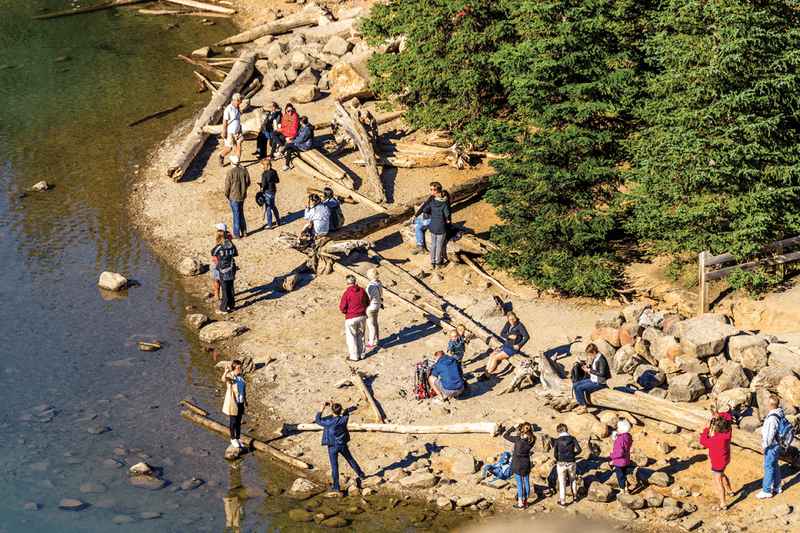
Banff, nestled in the Canadian Rockies, is a gateway to stunning natural beauty. Tourists flock to explore its pristine landscapes, yet locals express concerns about environmental preservation. The influx of visitors puts pressure on the region’s delicate ecosystems.
“Nature needs space,” remarks a local conservationist, highlighting the importance of sustainable practices. Despite the challenges, Banff remains a cherished destination for outdoor enthusiasts, offering a glimpse into the majestic wilderness that defines Canada’s natural heritage.
8. Santorini, Greece
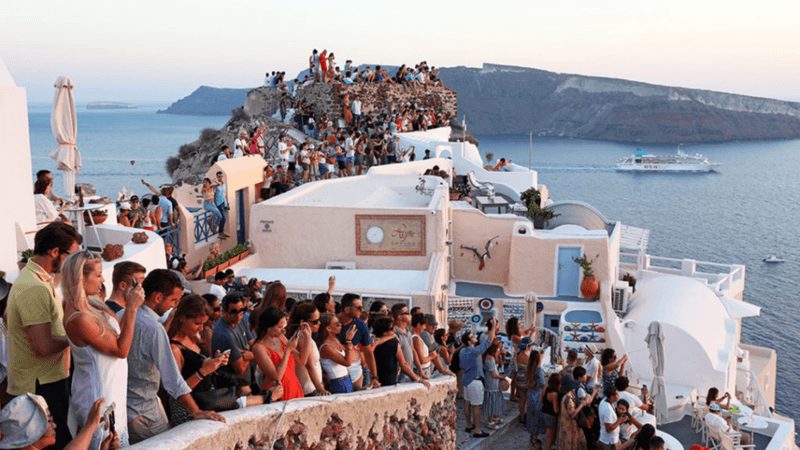
Santorini, with its breathtaking sunsets and iconic architecture, is a dream destination for many. However, the island’s small infrastructure struggles to support the constant influx of tourists. Residents find themselves grappling with rising costs and a diminishing sense of community.
“We need breathing space,” locals urge, as they seek to maintain their quality of life amidst the tourist boom. Despite these challenges, Santorini’s allure remains strong, captivating travelers with its unique charm and scenic vistas.
9. Machu Picchu, Peru
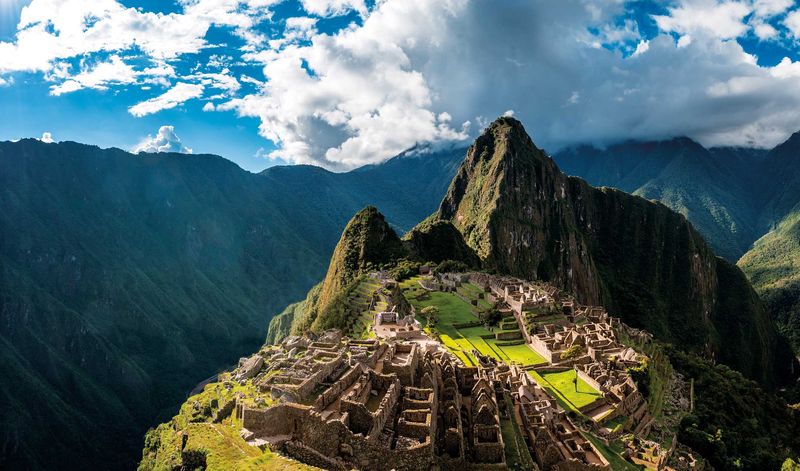
Machu Picchu, a wonder of the world, attracts countless visitors eager to explore its ancient ruins. However, the site’s popularity has led to concerns over preservation and sustainability. The impact on the surrounding environment and local communities is significant.
“Protect our heritage,” locals advocate, emphasizing the need for responsible tourism. Despite restrictions, the allure of Machu Picchu continues to draw adventurers seeking to uncover the mysteries of the past.
Efforts to balance tourism with conservation are ongoing, ensuring that future generations can also experience its magic.
10. Phuket, Thailand
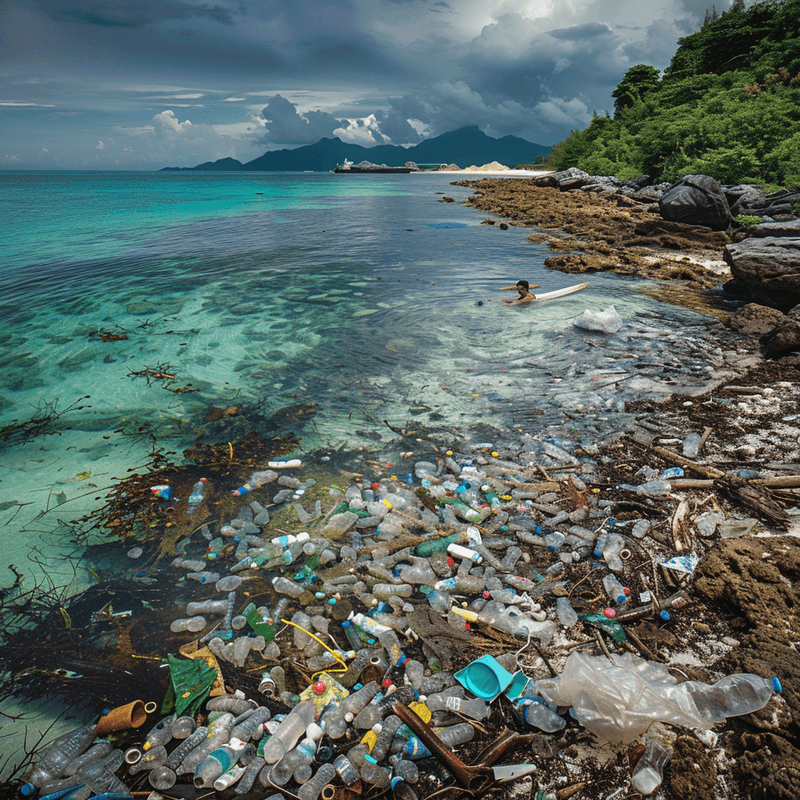
Phuket’s stunning beaches and vibrant nightlife make it a popular tourist hotspot. However, the island faces challenges in managing the sheer volume of visitors. The environmental impact is evident, with concerns about waste and resource depletion.
“Our island needs care,” say locals, advocating for sustainable tourism practices. Despite these challenges, Phuket remains an alluring destination, offering sun, sand, and cultural experiences to travelers from around the globe.
Efforts to educate visitors on environmental respect are vital to preserving Phuket’s natural beauty for the future.
11. Lisbon, Portugal
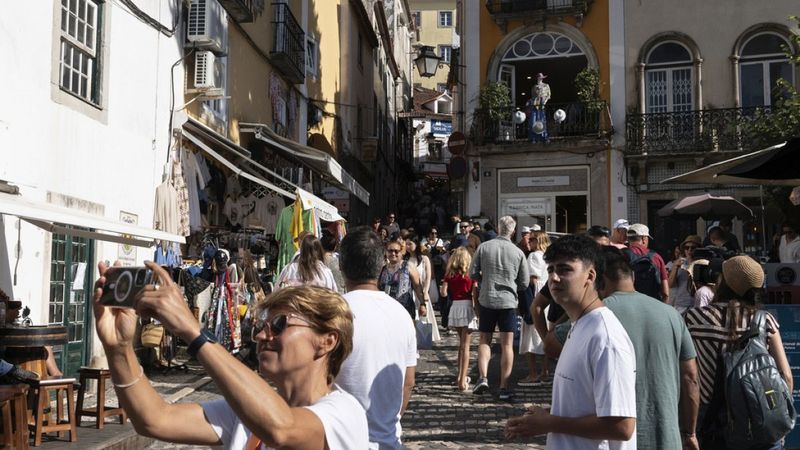
Lisbon’s charming streets and sunny coastlines attract millions each year. However, beneath the allure, locals feel the strain of rising costs and crowded neighborhoods. The ancient Alfama district, once a quiet residential area, now bustles with tourists. For long-time residents, this change means losing a sense of community.
As rental prices soar, locals are often priced out of their homes. The city grapples with balancing economic benefits from tourism and preserving its cultural heritage. Despite these challenges, Lisbon’s vibrant culture and warm hospitality remain.
The question remains: Can growth and tradition coexist harmoniously?
12. Bhutan

Known for its Gross National Happiness, Bhutan regulates tourism to protect its culture. The government imposes a daily tariff to limit numbers while providing exclusive experiences. However, this strategy can sometimes isolate locals, creating a gap between them and affluent visitors.
Traditional lifestyles face modernization pressures, as tourism introduces new influences. Locals strive to maintain their spiritual and cultural identity amidst change. The challenge lies in opening doors without losing essence.
Yet, Bhutan’s commitment to sustainable tourism offers a model for balancing visitor appeal and cultural preservation.
13. Cinque Terre, Italy
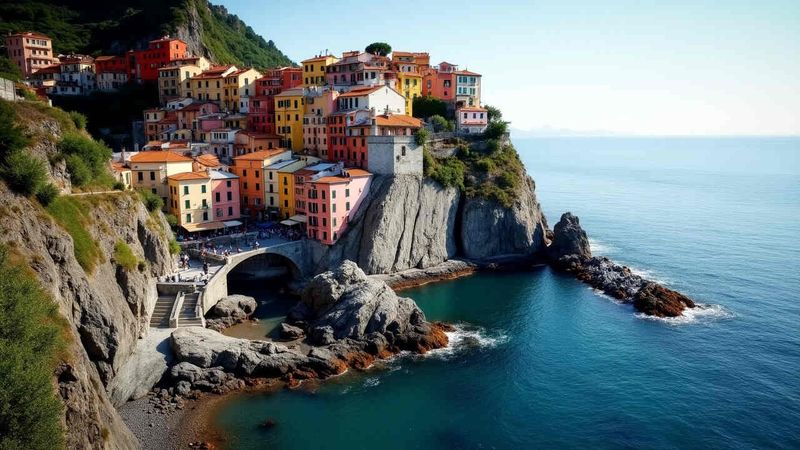
Cinque Terre’s breathtaking views draw visitors seeking Italian coastal charm. However, the influx has threatened its delicate environment. Narrow paths become congested, and the infrastructure struggles under pressure.
Local residents, once enjoying tranquil seaside life, now navigate a constant tourist tide. Efforts to limit numbers through entrance fees aim to preserve the area’s natural beauty. The challenge remains in managing growth sustainably.
This tiny Italian gem faces the universal struggle of attracting tourism while ensuring longevity and local well-being.
14. Bhaktapur, Nepal

In Bhaktapur, Nepal’s cultural richness shines through its historic squares and temples. Yet, the very allure draws crowds that threaten these treasures. Locals often find their streets transformed into tourist attractions.
Artisans face the challenge of maintaining authenticity while catering to tourist tastes. Many worry about the erosion of cultural identity amidst commercial pressures. However, tourism also provides vital economic support.
Striking a balance between preserving heritage and embracing modernity is essential for Bhaktapur’s future.
15. Hvar, Croatia
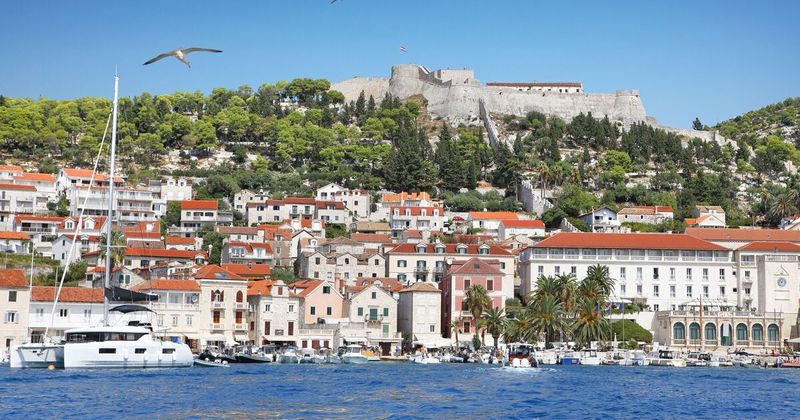
Hvar, famed for stunning beaches and vibrant nightlife, faces the dichotomy of tourism benefits and local disturbances. The booming party scene often clashes with residents’ desire for peace.
During peak seasons, the island’s resources strain under visitor demand. Efforts to promote sustainable tourism aim to protect Hvar’s natural beauty and community life.
As Hvar navigates these challenges, the question of balancing enjoyment and preservation continues.
16. Palawan, Philippines
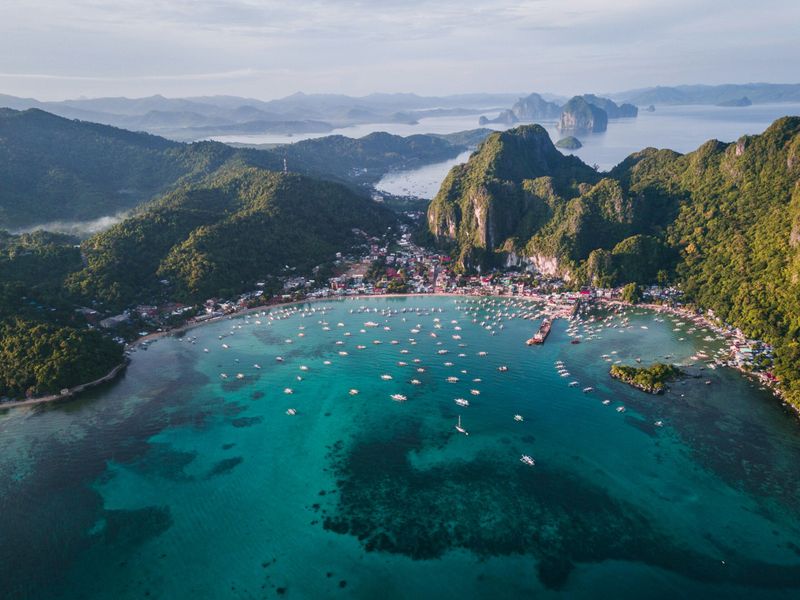
Palawan’s untouched beauty makes it a dream destination. Yet, increased tourism risks damaging its pristine ecosystems. Conservation efforts face the challenge of accommodating tourists while protecting natural habitats.
Local communities benefit economically but also face pressures from rapid development. Balancing growth with environmental stewardship is crucial for Palawan’s future.
The island’s allure lies in its unspoiled nature, a treasure worth preserving for generations to come.
17. Cinque Terre, Italy
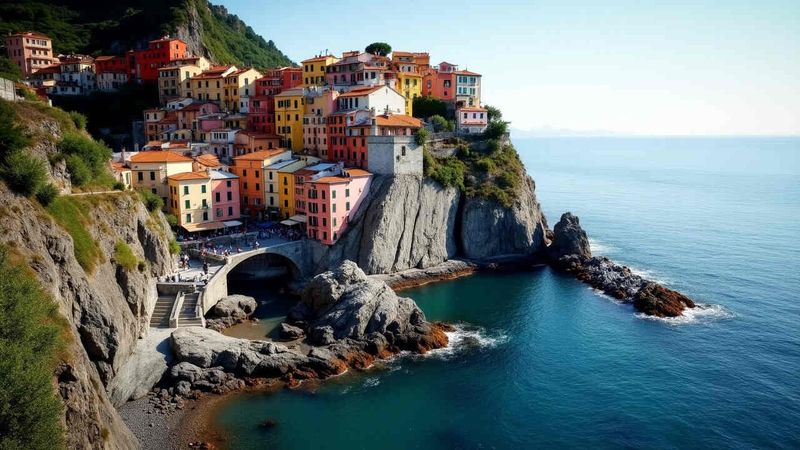
Cinque Terre’s breathtaking views draw visitors seeking Italian coastal charm. However, the influx has threatened its delicate environment. Narrow paths become congested, and the infrastructure struggles under pressure.
Local residents, once enjoying tranquil seaside life, now navigate a constant tourist tide. Efforts to limit numbers through entrance fees aim to preserve the area’s natural beauty. The challenge remains in managing growth sustainably.
This tiny Italian gem faces the universal struggle of attracting tourism while ensuring longevity and local well-being.
18. Cinque Terre, Italy
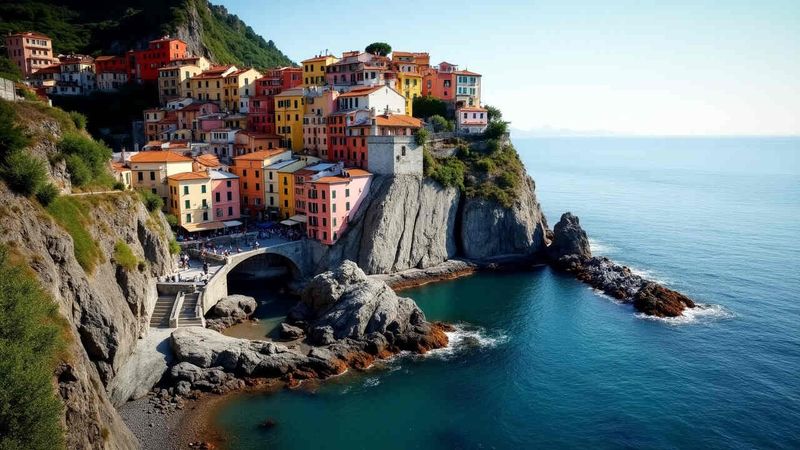
Cinque Terre’s breathtaking views draw visitors seeking Italian coastal charm. However, the influx has threatened its delicate environment. Narrow paths become congested, and the infrastructure struggles under pressure.
Local residents, once enjoying tranquil seaside life, now navigate a constant tourist tide. Efforts to limit numbers through entrance fees aim to preserve the area’s natural beauty. The challenge remains in managing growth sustainably.
This tiny Italian gem faces the universal struggle of attracting tourism while ensuring longevity and local well-being.

